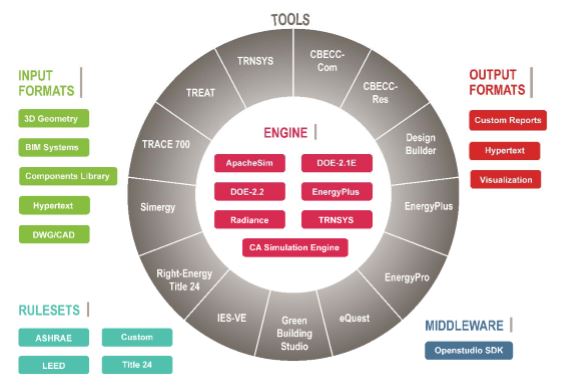Project Info
COMPLETE
 Project Title
Project Title
 Project Title
Project Title
SCE Building Energy Simulation Roadmap
Project Number ET14SCE7050 Organization SCE End-use Whole Building Sector Commercial Project Year(s) 2014 - 2016Description
This project will draft a Building Energy Simulation (BES) Roadmap, given SCE’s reliance on Building Energy Simulation (BES) tools and pivotal role within the BES arena. This roadmap will help SCE: promote transparency and cross-collaboration amongst SCE’s IDSM programs, optimize future expenditures and resources, and underscore alignments with regulatory requirements, statewide policies and industry trajectories. The development of the roadmap is envisioned to occur in three main phases: (1) survey of SCE’s existing BES-related activities and calculation methods, (2) analysis of SCE’s existing BES-related activities towards recommendations for optimization of expenditures and resources, (3) development a decision framework for future BES-related activities.
Project Report Document
Loading PDF Preview...
